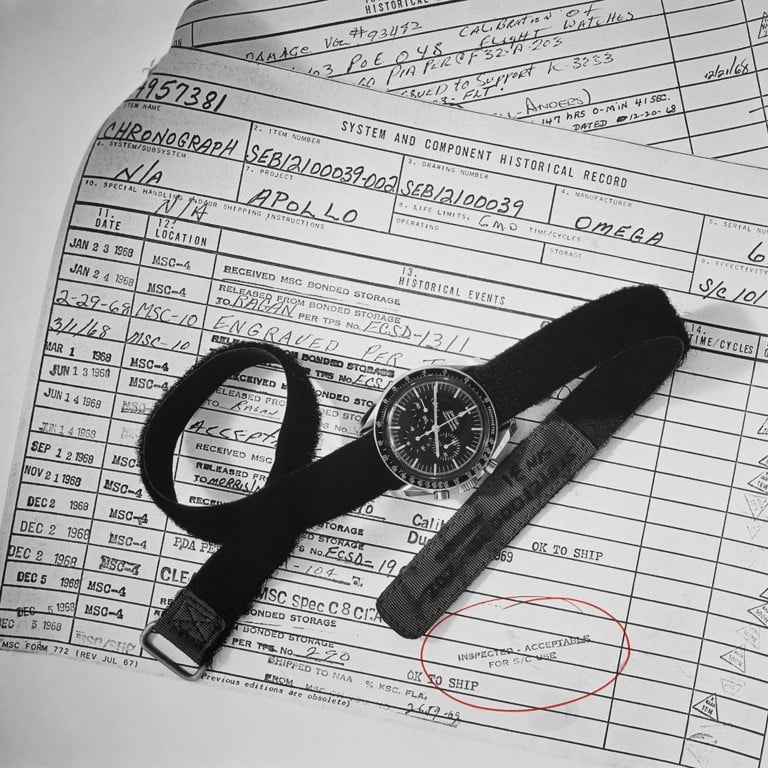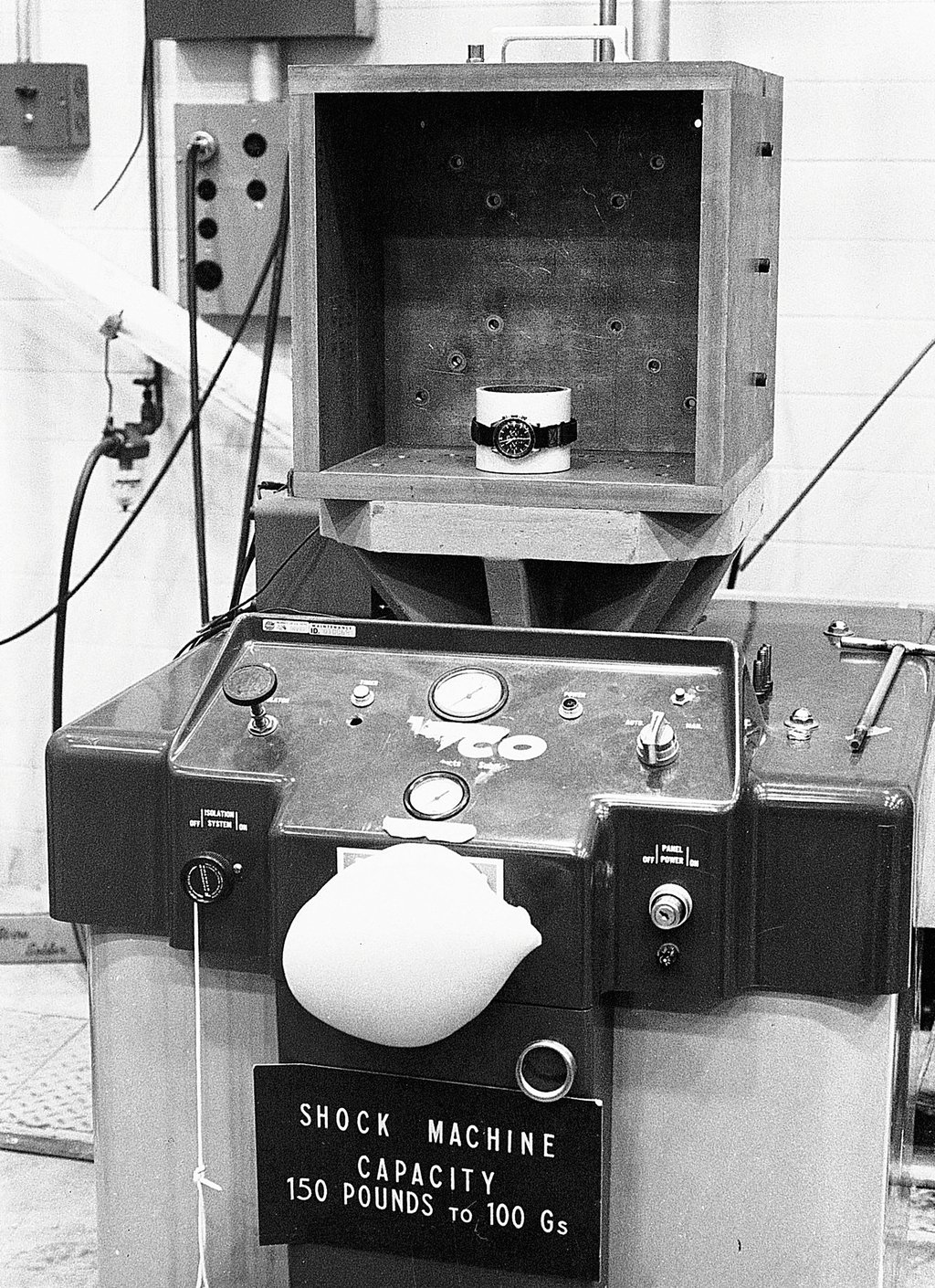Style Edit: The latest Omega Speedmaster blends modern design and mechanics with the watch’s enduring space legacy – recalling a time when courage and curiosity took humanity to new heights

In 1965, it became Nasa’s official chronograph for astronauts on manned space missions, thereby launching a legacy now reimagined in a retro-futuristic design that blends heritage and modern mechanics
Nasa took notice. By 1964, engineers were searching for a timepiece tough enough for the Gemini and Apollo missions. Cue James Ragan, a Nasa engineer who tested contenders from top watchmakers under extreme conditions: crushing pressure, cosmic-level heat, bone-chilling cold, high-G shocks, and more. Only one survived – Omega’s Speedmaster ST 105.003.
On March 23, 1965, the Speedmaster ST 105.003 made its first journey into space on the wrists of astronauts Virgil “Gus” Grissom and John Young during the Gemini 3 mission – marking its debut as Nasa’s official chronograph for manned missions. Just a few months later, Ed White wore the same model during America’s first spacewalk.

When the original Omega Speedmaster was introduced in 1957, it was built with advanced protective technologies of the time – such as the sealing power of O-ring gaskets and the innovative “Naiad” crown. These features made it a remarkably robust chronograph, hermetically sealed against the elements and water-resistant to a depth of 200 feet.
Its Hesalite crystal also offered a crucial benefit: shatter resistance. In the high-stakes environment of space, the last thing an astronaut needs is shards of glass floating inside a spacecraft. Durability wasn’t just a feature – it was a necessity.

Today’s Speedmaster Moonwatch, Ref. 310.30.42.50.01.001, continues that legacy. Its asymmetrical case design – first seen in the fourth-generation Speedmaster – adds extra protection for the crown and pushers, while the twisted lugs offer a distinctive and elegant silhouette.
The watch retains the iconic black anodised aluminium bezel with its heritage “Dot over 90” detail, a tribute to the second generation design. Its black step dial features the “Professional” inscription, Luminova for visibility, and a classic logo. The caseback proudly states its Nasa flight qualification and Moon legacy, now updated with “Co-Axial Master Chronometer” since 2021.
